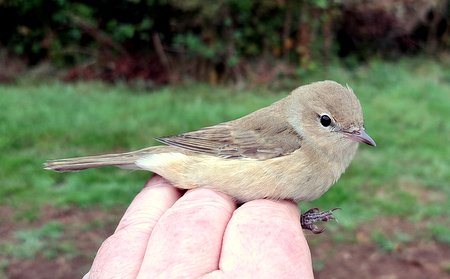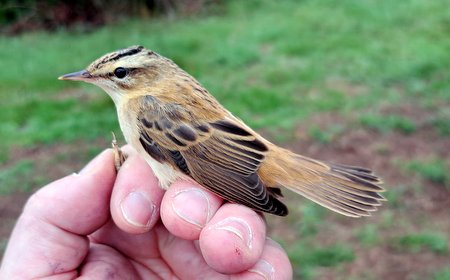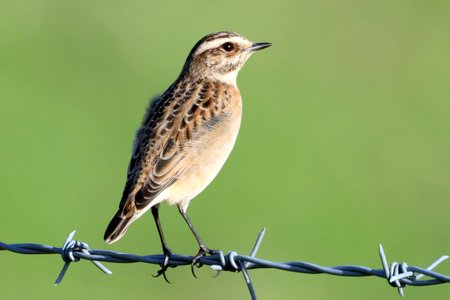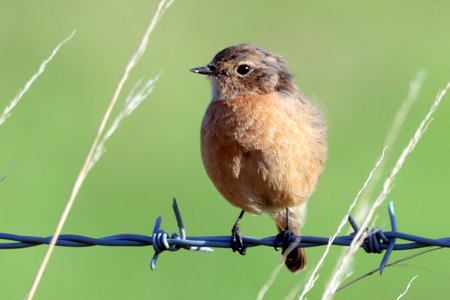14th September 2025
4 Spotted Flycatcher, 18 Swallow, 2 House Martin - Pewsey - Brian Heath
Read MoreSedge Warbler, Garden Warbler, 231 Blackcap, 42 Chiffchaff - SPTA centre - Phil & Graham Deacon


Redstart, 3 Whinchat, 29 Stonechat...
13th September 2025
Spotted Flycatcher, Marsh Tit - Rsvensroost - Robin Griffiths
Read MoreWheatear, 3 Whinchat, 28 Stonechat, Redstart, 2 Spotted Flycatcher, 45 Chiffchaff, 9 Blackcap, 27 Swallow, 5 House Martin, 25 Mistle Thrush...
12th September 2025
Whinchat, 2 Stonechat, 10 House Martin, 3 Red Kite, Marsh Harrier - Middle Woodford - Bob Blamey, Granville Pictor
Read More

